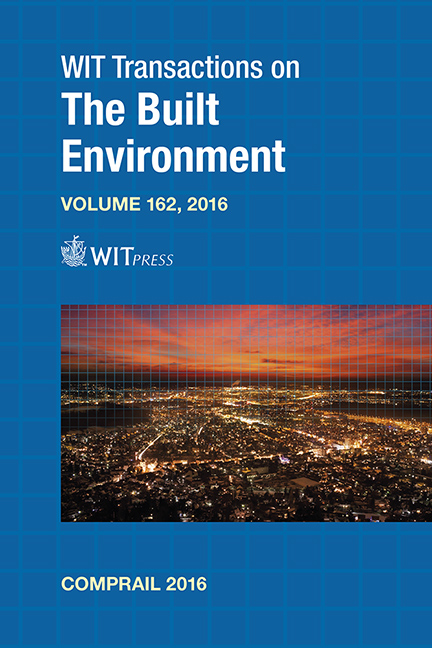A Definition Of Timetable Stability For A Long-term Timetable
Price
Free (open access)
Transaction
Volume
162
Pages
10
Page Range
91 - 100
Published
2016
Size
7,023 kb
Paper DOI
10.2495/CR160091
Copyright
© 2016 SBB AG
Author(s)
T. Graffagnino, H. Labermeier
Abstract
Switzerland aims to invest 7 to 12 billion Swiss francs for the horizon 2030. These investments must bring with them an increase in the stability of the railway system. In order to evaluate the stability of different combinations of timetables and infrastructure projects, a stability assessment method has been developed by the Swiss Federal Railways. Based on the experience of computing the annual punctuality forecast, the evaluation of stability is made by computation of a punctuality forecast for each combination of future timetable and infrastructure project. Each forecast can then be compared using a set of quality goals, which are defined for 53 nodes and for the network as a whole. The timetable is then defined stable when all quality goals are achieved. With this method, the timetable stability is measurable which can ensure that the investment is made at the right place. This paper discusses the different models to assess timetable stability that are commonly found and describes the method used to make decisions on stability investments. To conclude, the results of the calibration, which is the first step applied to a real case, will be shown.
Keywords
timetable stability, stochastic simulation, Switzerland, cyclic timetable, punctuality





